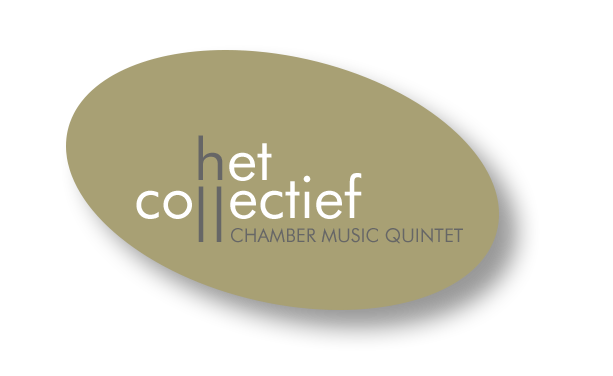Film lovers have known it for some time: the Hungarian-Austrian composer György Ligeti wrote exceptionally intriguing music, which we can hear in various cult films by Stanley Kubrick. Het Collectief, accompanied for the occasion by the young top horn player Félix Roth, feels like a fish in the water with the varied repertoire of this famous composer.
When Ligeti put the finishing touches to his 'Trio for violin, horn and piano' in 1982, he subtitled it 'Hommage à Brahms'. Ligeti indeed wanted to create a modern counterpart to the 'Trio opus 40' that Johannes Brahms composed in 1865 for the same remarkable instrumentation. Yet, there are no quotes or direct influences to be found in Ligeti's trio. The composer gives free rein to his own imagination: the trio begins with a bizarre lyrical dialogue in which the violin and horn each maintain their own logic and timing. The second part is a fast polyrhythmic dance with unprecedented acrobatics in the horn, the third a burlesque march in which violin and piano explore the boundaries of rhythmic coordination. Ligeti concludes the piece with an impressive 'lamento' inspired by Eastern European mourning music.
A few years after the composition of his horn trio, Ligeti started a completely new story. He became captivated by the etudes for piano by Chopin and Debussy and decided to write a series himself. Ultimately, he wrote no fewer than 18 etudes, which quickly became classics due to their unbridled creativity and originality. 'L'escalier du diable' is one of the many polyrhythmic etudes. A repetitive chromatic ascending ladder defies the ends of the keyboard and the extremes of dynamics.
Ligeti's 'Sonata for solo cello' comes from a completely different era: He even wrote the first part 'Dialogo' during his student days in 1948. It describes a conversation between a man and a woman, expressed through an alternation of the high and low strings of the cello. The second part was composed 5 years later and is a virtuoso 'Capriccio' in the style of Bartók. The work is a beautiful illustration of the rich Hungarian musical tradition that the young Ligeti wanted to be part of, even though his music was all too often rejected by the communist committees...
At the cradle of this strong tradition were figures such as Béla Bartók and Zoltán Kodály, who used Hungarian folk music as a source for a completely new direction in European art music. Kodály's 'Duo for violin and cello' is a good example of this original style: extremely expressive and often tormented melodies alternate with accessible folk dances with equally typical radical tempo changes.
Thomas Dieltjens, piano
Wibert Aerts, violin
Martijn Vink, cello
Félix Roth, French horn




